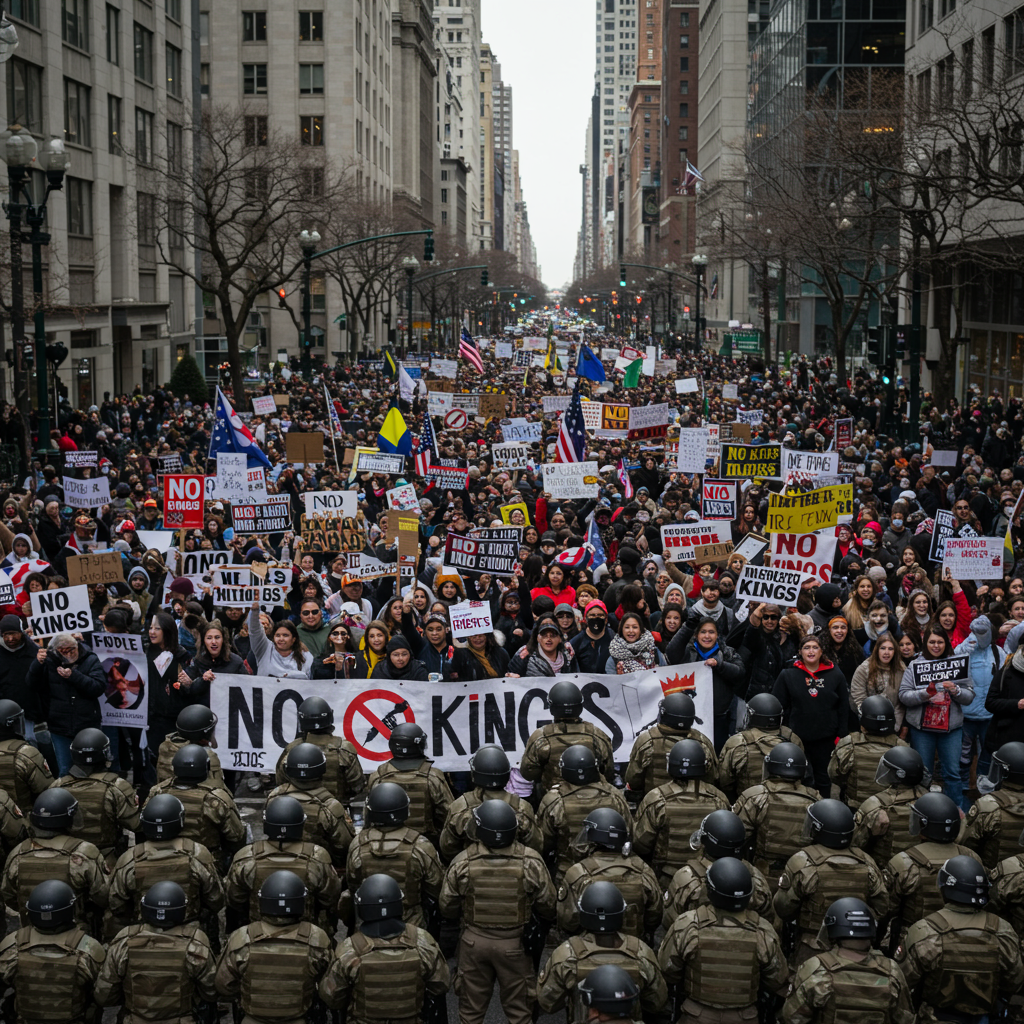NATO Allies Vow Massive Defence Spending Increase, Reassured by Trump at Crucial Summit
THE HAGUE – In a significant move signaling a potential transformation of the alliance, NATO leaders meeting in The Hague on June 25, 2025, formally backed a dramatic increase in defense spending, agreeing to a new target of 5% of Gross Domestic Product (GDP) by 2035. The decision comes as a direct response to persistent calls from the United States, particularly from President Donald Trump, and growing concerns among European members regarding the security landscape following Russia’s 2022 invasion of Ukraine.
Beyond the ambitious spending goal, the 32-member alliance also issued an “ironclad commitment” to the principle of collective defense as enshrined in Article 5 of the Washington Treaty, reaffirming that an attack on one is an attack on all. This reaffirmation was a key point of focus, particularly after prior comments from President Trump had reportedly caused some uncertainty among allies regarding the depth of Washington’s dedication to the mutual defense clause.
A New Era of Burden Sharing? The 5% Target Explained
The new 5% GDP target represents a substantial jump from the previous 2% guideline, which several members have struggled to meet. The agreement, seen as a major diplomatic victory for President Trump who has long advocated for greater burden-sharing, will see allies commit hundreds of billions more dollars annually to defence over the next decade.
Under the new framework, the 5% target is broken down into two components:
3.5% of GDP dedicated to core military spending, covering troops, weapons, and conventional capabilities.
1.5% of GDP allocated to broader defence-related measures, including cybersecurity, protecting critical infrastructure like pipelines, and upgrading transportation networks to support military movements.
NATO Secretary General Mark Rutte emphasized the critical necessity of this increase, stating there was “absolute conviction” among leaders that, given the current international security situation and the perceived threat from Russia, “there is no alternative” to boosting capabilities. Rutte described the summit as potentially “transformational” for NATO, leading to a “stronger, fairer and more lethal” alliance. The move is also seen by some, like Finland’s President, as the “birth of a new NATO,” where European members take on greater responsibility.
Reassurance on Article 5 Despite Past Ambiguity
President Trump’s presence and public statements at the summit aimed to reassure allies about the U.S. commitment to the alliance’s foundational Article 5. While he had previously suggested the definition of Article 5 was open to interpretation, upon arrival at The Hague, he stated clearly, “I stand with it. That’s why I’m here. If I didn’t stand with it, I wouldn’t be here.” Secretary General Rutte echoed this, insisting there was “absolute clarity that the United States is totally committed to NATO, totally committed to Article 5.”
This comes after months of pressure from the U.S. for allies to ramp up spending, with figures like Secretary of State Marco Rubio stressing that a stronger NATO requires significantly higher financial contributions, even suggesting the 5% target earlier in the year. The war in Ukraine has served as a stark reminder of the need for robust “hard power” capabilities.
Challenges and Diplomatic Fudges
Despite the overarching agreement on the 5% goal, the path forward is not entirely smooth. While countries like Germany and the United Kingdom have already announced significant military investments, and nations closer to Russia like Poland and Estonia already exceed the prior 2% target, others expressed reservations.
Spain, notably, declared it did not expect to meet the specific 5% target by 2035, arguing its current spending was sufficient to meet its commitments. This stance, criticized by President Trump as “very unfair,” led to a “diplomatic fudge” accepted by Secretary General Rutte to ensure the summit concluded smoothly. Belgium and Slovakia also reportedly signaled resistance or reserved the right to determine their own spending levels. Hungarian Prime Minister Viktor Orban also voiced a dissenting view, stating NATO should not be involved in Ukraine and downplaying Russia’s threat to the alliance itself.
Adding another layer of complexity, French President Emmanuel Macron raised concerns that potential U.S. trade tariffs could undermine the ability of European countries to meet higher defence spending demands. “You cannot come to us as allies and ask that we spend more… and do a trade war. It’s an aberration,” Macron stated.
Context and Looking Ahead
The summit, deliberately kept short and focused by Secretary General Rutte to minimize potential friction with President Trump, unfolded against the backdrop of the ongoing war in Ukraine. Ukrainian President Volodymyr Zelenskiy attended a pre-summit dinner and met separately with Trump, though Ukraine’s aspiration for NATO membership was notably absent from the summit’s final declaration.
Meanwhile, the Kremlin responded sharply to the alliance’s increased spending, accusing NATO of pursuing “rampant militarization” and portraying Russia negatively to justify its actions.
While questions remain about the feasibility of the ambitious 5% target for all members and the potential impact of global tensions, including broader threats cited by NATO like the interconnected challenges posed by Russia, China, North Korea, and Iran, the Hague summit marked a pivotal moment. It solidified a new, significantly higher benchmark for alliance defence spending and saw the U.S. leader publicly reaffirm his commitment to NATO’s core principle of collective defence, signaling a new phase for the transatlantic alliance focused on enhanced capabilities and greater financial contributions from all members.

